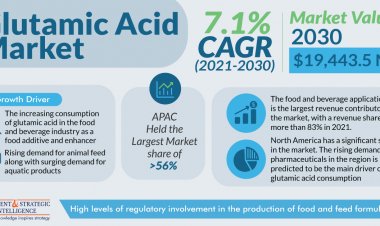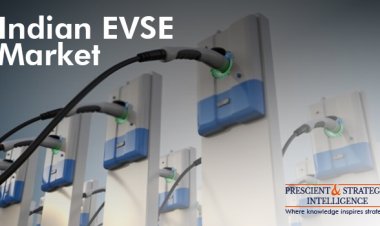Complete Guide to Puddle Flanges – Types, Uses, and Applications

In modern construction and industrial piping systems, puddle flanges play a vital role in ensuring leak-proof, durable, and long-lasting installations. Whether used in water tanks, concrete walls, drainage systems, or pipelines, puddle flanges provide effective waterproofing and secure sealing. Let’s explore everything you need to know about puddle flanges, their types, applications, and pricing.
What is a Puddle Flange?
A puddle flange is a sealing device used to prevent water leakage in structures where pipes pass through concrete or walls. It acts as a barrier, ensuring a watertight connection between the pipe and surrounding surface. Commonly applied in waterproofing pipelines, fire water tanks, and underground drainage systems, puddle flanges enhance structural safety.
Types of Puddle Flanges
Depending on material, design, and application, puddle flanges come in various types:
-
GI Puddle Flange – Made of galvanized iron, providing corrosion resistance.
-
CI Puddle Flange – Cast iron construction for durability in heavy-duty projects.
-
SS Puddle Flange – Stainless steel option for rust-proof, long-lasting use.
-
DI Puddle Flange – Ductile iron puddle flange with strength and flexibility.
-
Rubber Puddle Flange – Flexible sealing for waterproofing applications.
-
GRP Puddle Flange – Lightweight and corrosion-resistant for specialized use.
-
Split Puddle Flange – Easy installation for retrofitting or existing pipes.
-
Square Puddle Flange – Designed for specific pipeline structures.
-
Double Puddle Flange – Offers extra sealing protection in high-pressure conditions.
Applications of Puddle Flanges
Puddle flanges are widely used in:
-
Water Tanks & Fire Water Tanks – Prevent leakage and secure water storage.
-
Concrete Walls – Provide waterproofing when pipes pass through walls.
-
Drainage Systems – Ensure leak-proof sealing in sewage and stormwater pipelines.
-
Industrial Pipelines – Secure connection for high-pressure or chemical pipelines.
-
Underground Utilities – Protect against seepage and water infiltration.
Puddle Flange Sizes
Available in multiple standard sizes to fit diverse pipeline requirements:
-
40mm Puddle Flange
-
50mm Puddle Flange
-
65mm Puddle Flange
-
80mm Puddle Flange
-
100mm Puddle Flange
-
150mm Puddle Flange
Puddle Flange Price & Price List
The cost of puddle flanges varies based on material, size, and specifications.
-
GI Puddle Flange Price – Affordable and widely used.
-
SS Puddle Flange Price – Higher due to rust-proof strength.
-
CI & DI Puddle Flange Price – Moderate pricing with durability.
-
Rubber & GRP Puddle Flange Price – Flexible and economical.
Most suppliers provide a puddle flange price list covering all sizes and materials for quick reference.
Installing a Puddle Flange
Installation is crucial for achieving maximum waterproofing:
-
Fix the puddle flange securely around the pipe.
-
Embed it in the concrete wall or slab.
-
Ensure proper alignment to avoid leaks.
-
Tighten bolts (if metallic) or ensure correct sealing (if rubber type).
Why Choose Udhhyog for Puddle Flanges?
At Udhhyog, we specialize in providing high-quality puddle flanges including GI, CI, SS, DI, rubber, GRP, and customized options. Our range covers puddle pipes, puddle collars, and flange spigots with puddle, ensuring leak-proof solutions for all types of projects. With a complete puddle flange price list and availability in all standard sizes, Udhhyog ensures durability, reliability, and affordability in every product.
Conclusion
Whether it’s waterproofing pipelines, preventing leakage in concrete walls, or securing underground drainage, puddle flanges are essential for modern construction and industrial projects. With multiple types, sizes, and materials available, they provide long-term protection and structural safety. Choosing the right puddle flange ensures your project remains durable, leak-proof, and cost-effective.


























